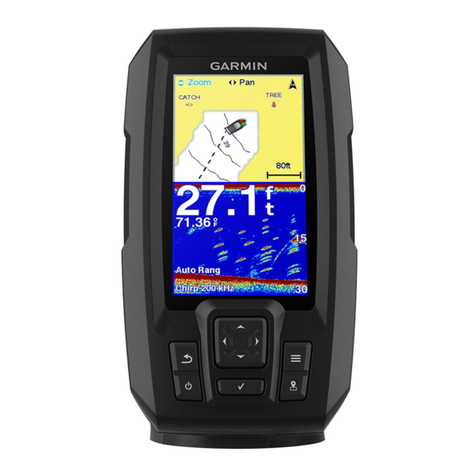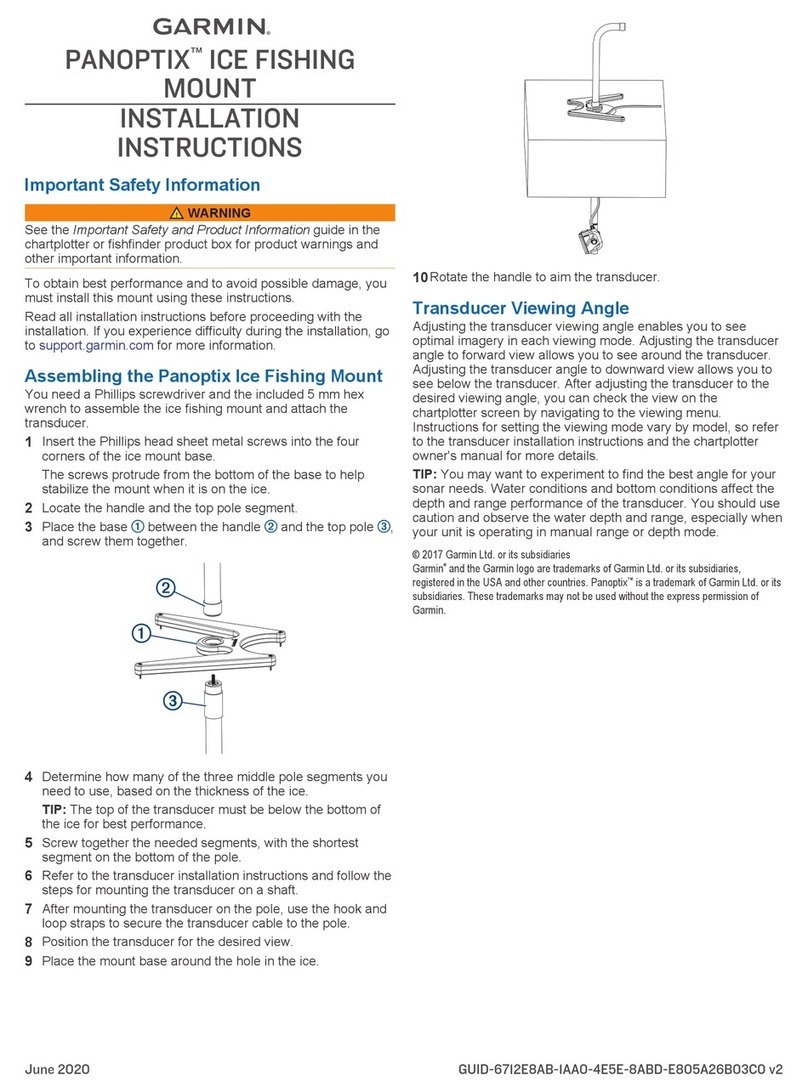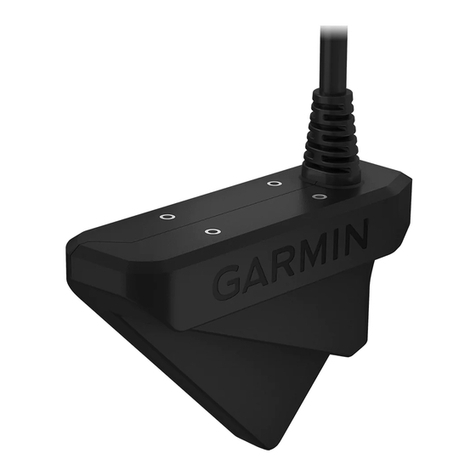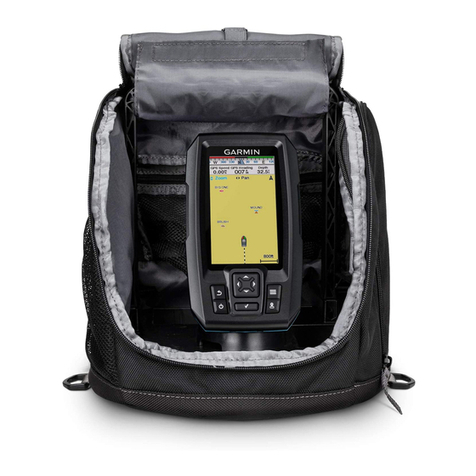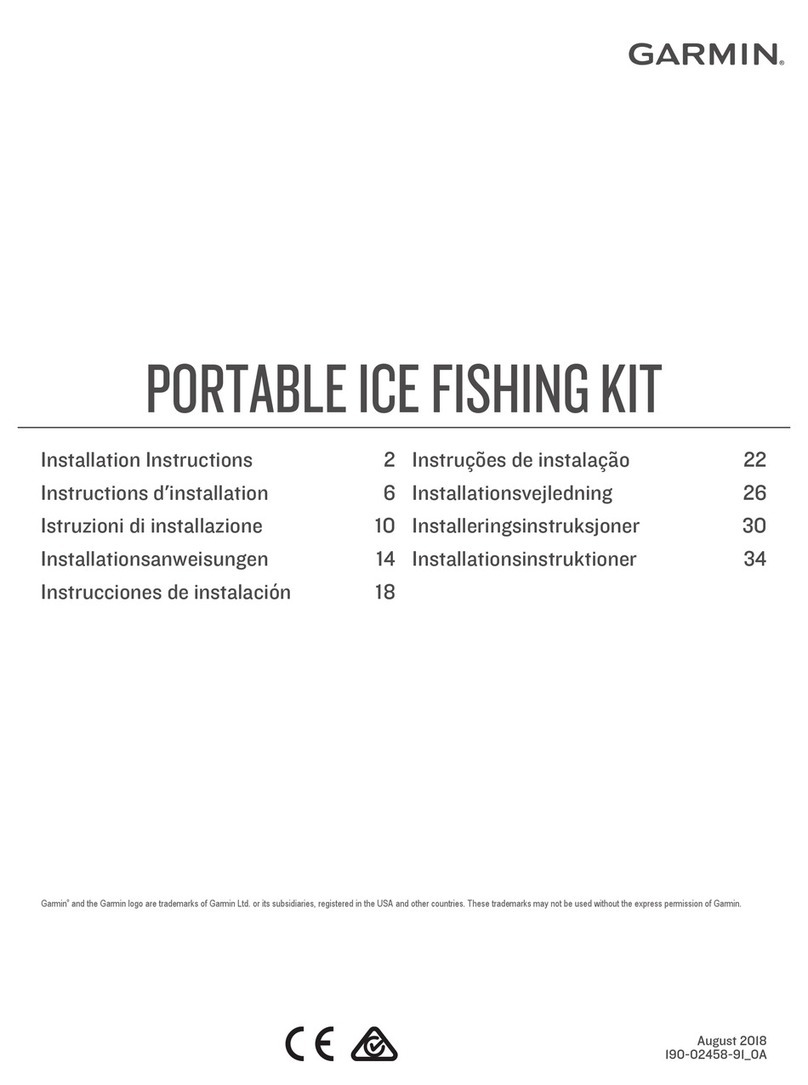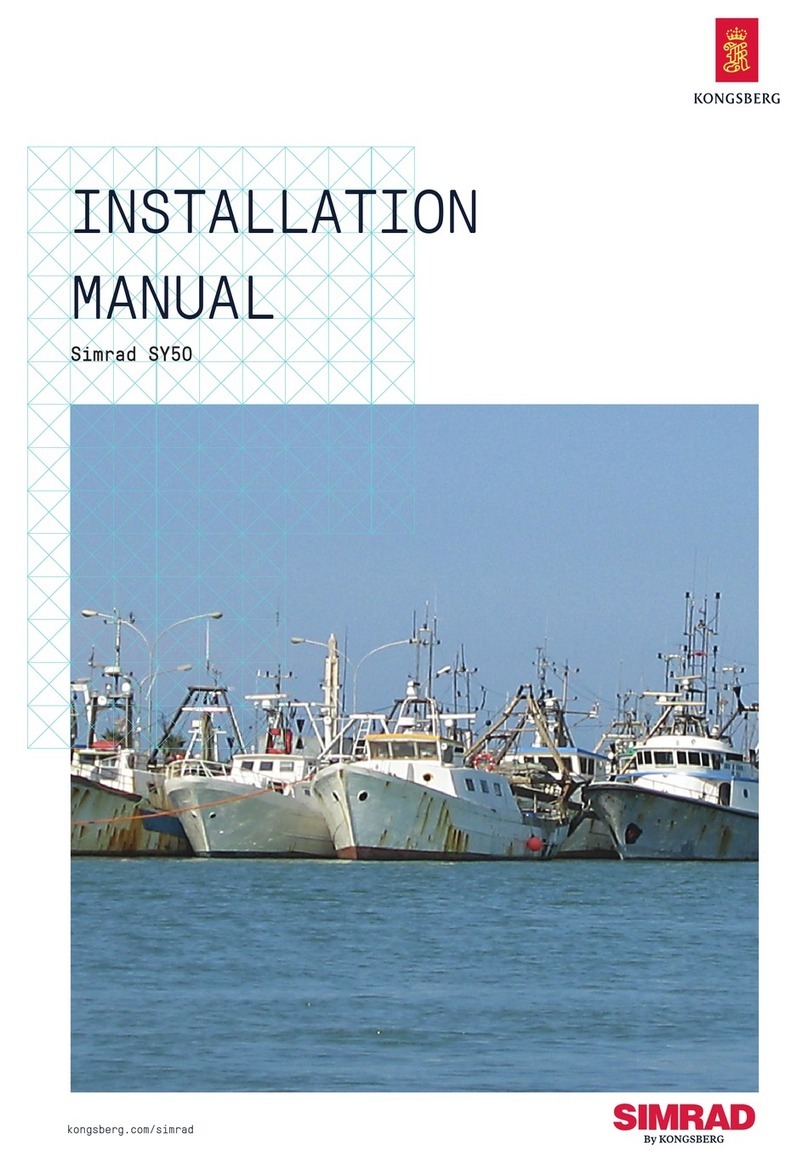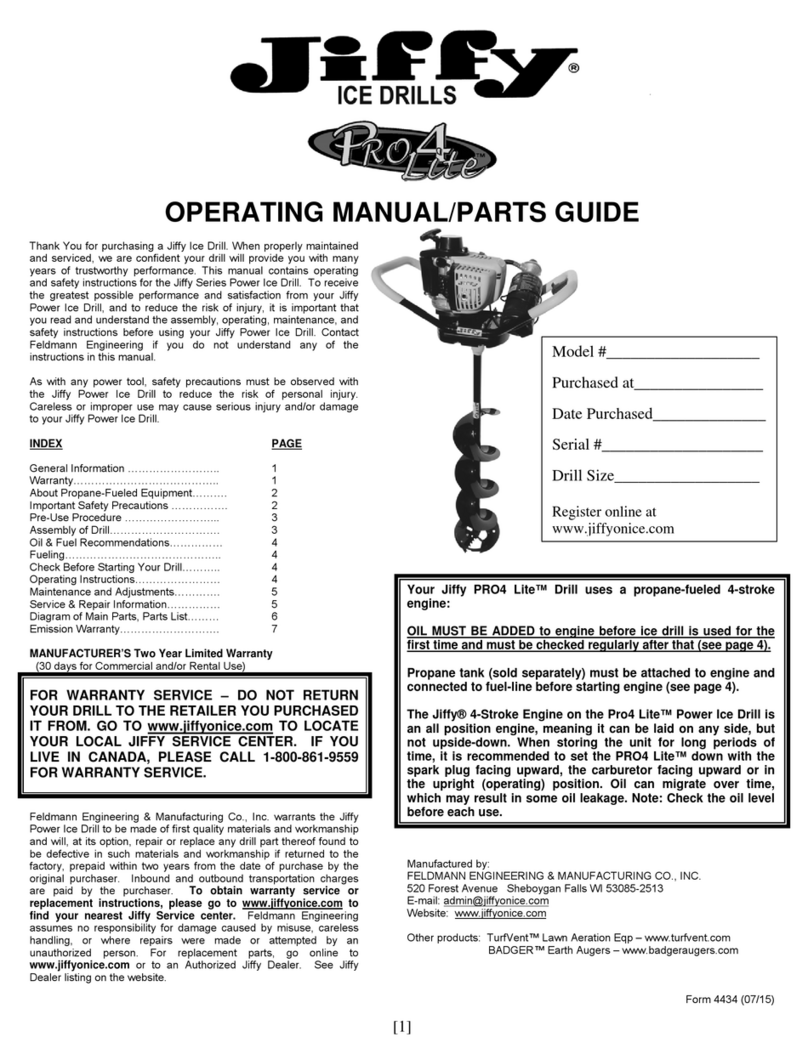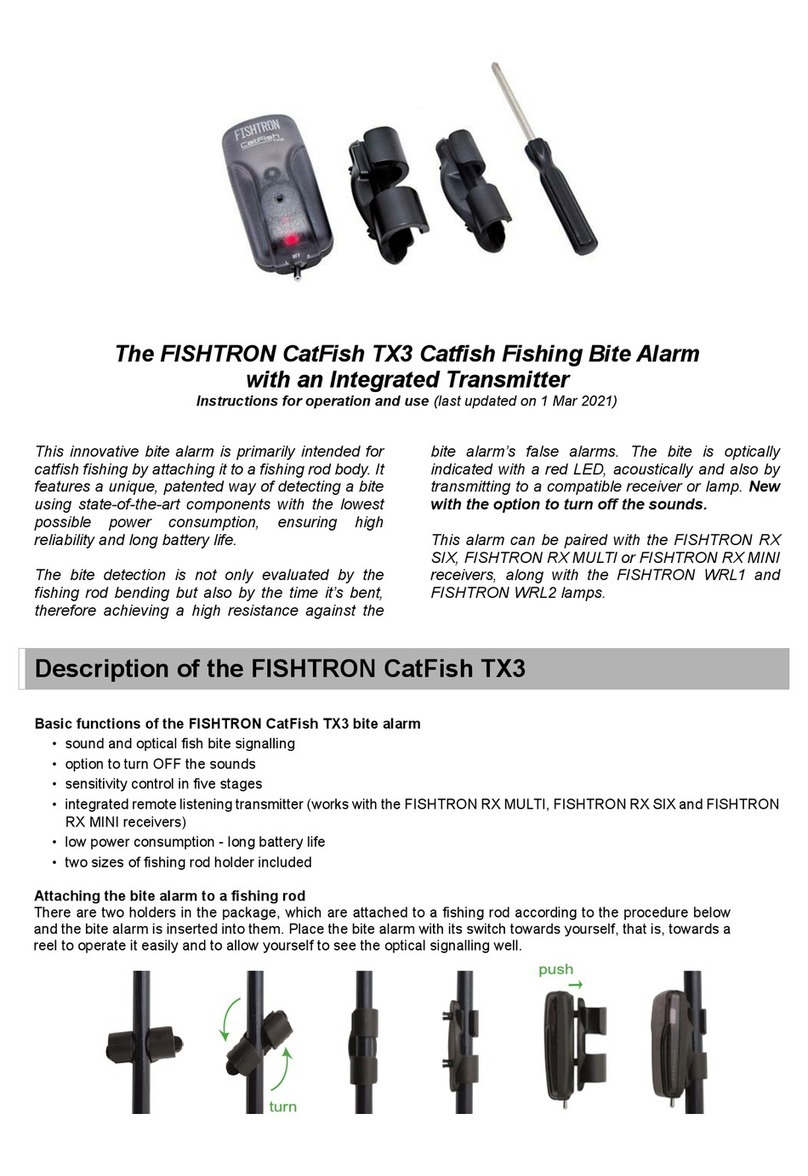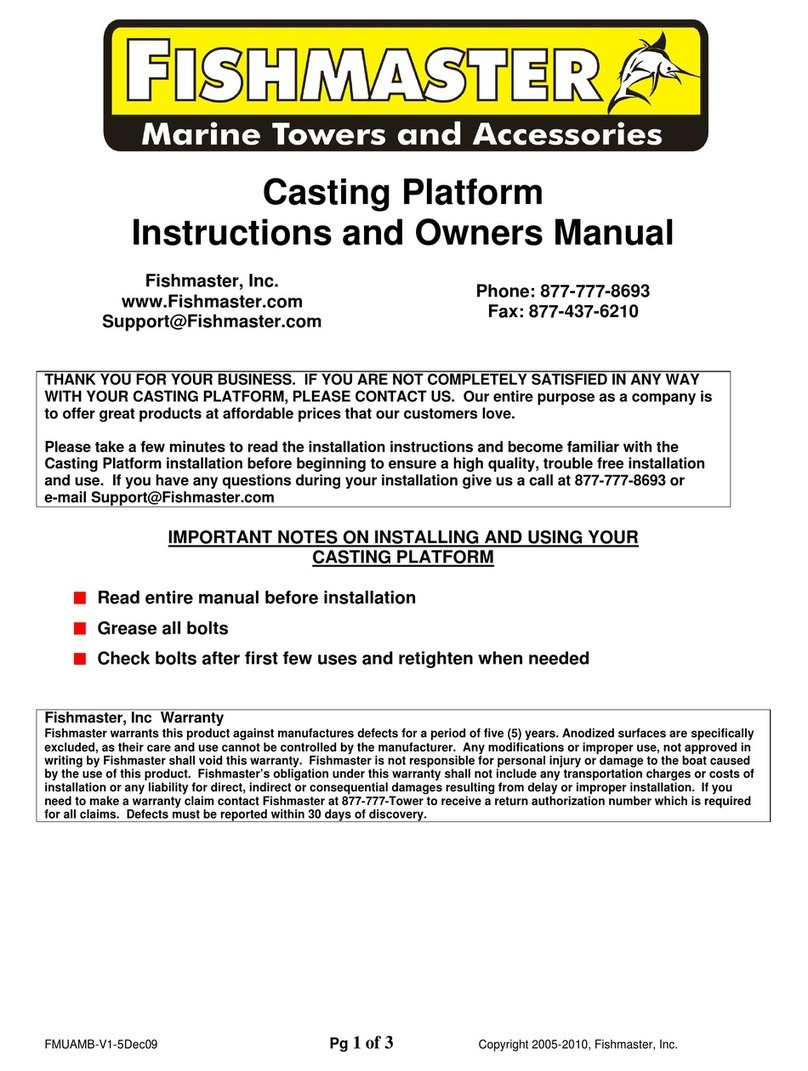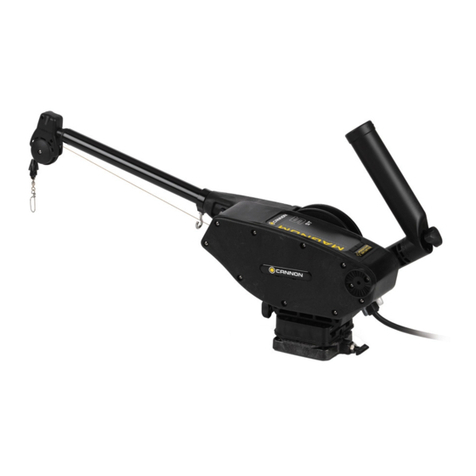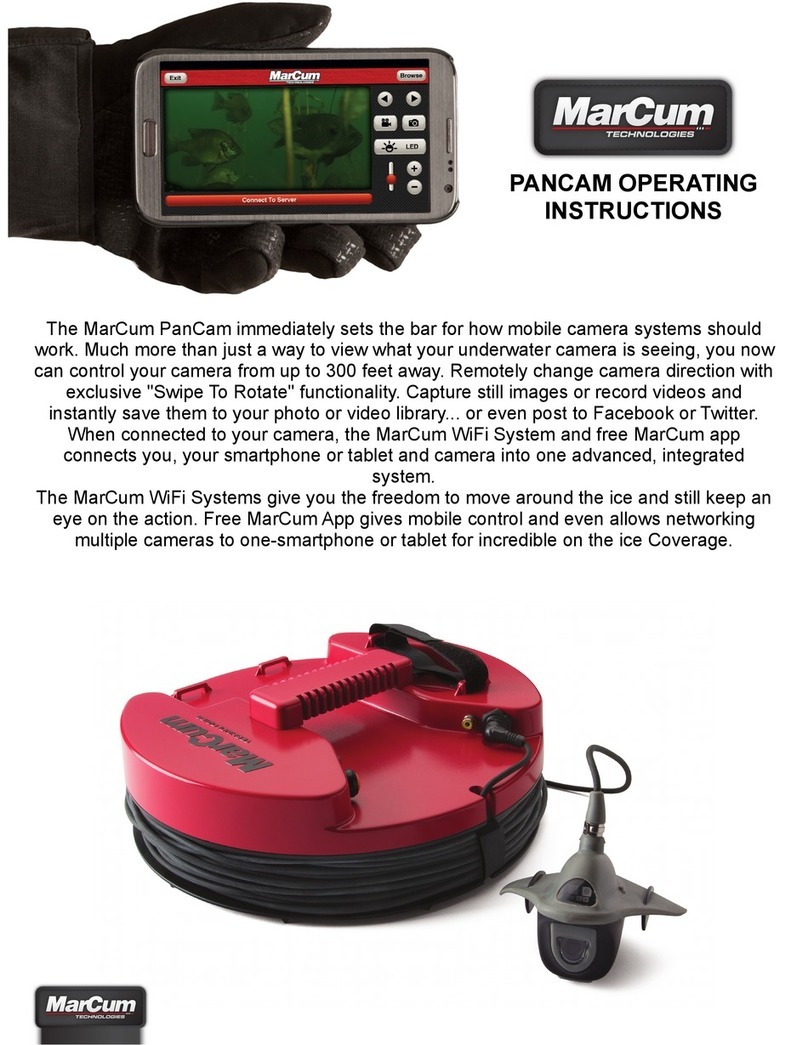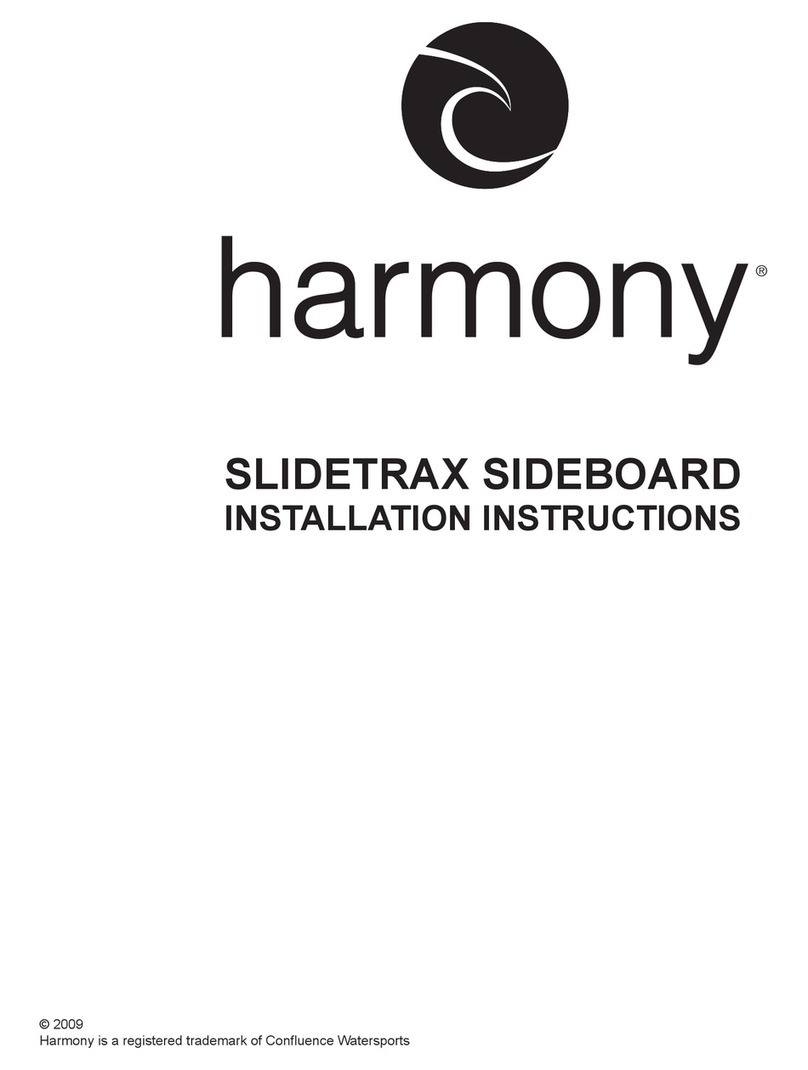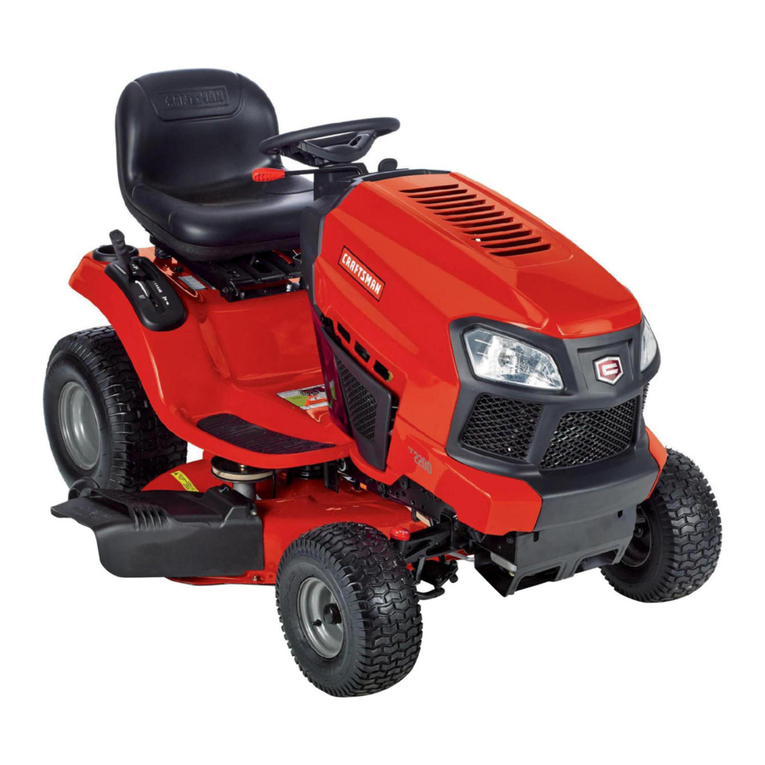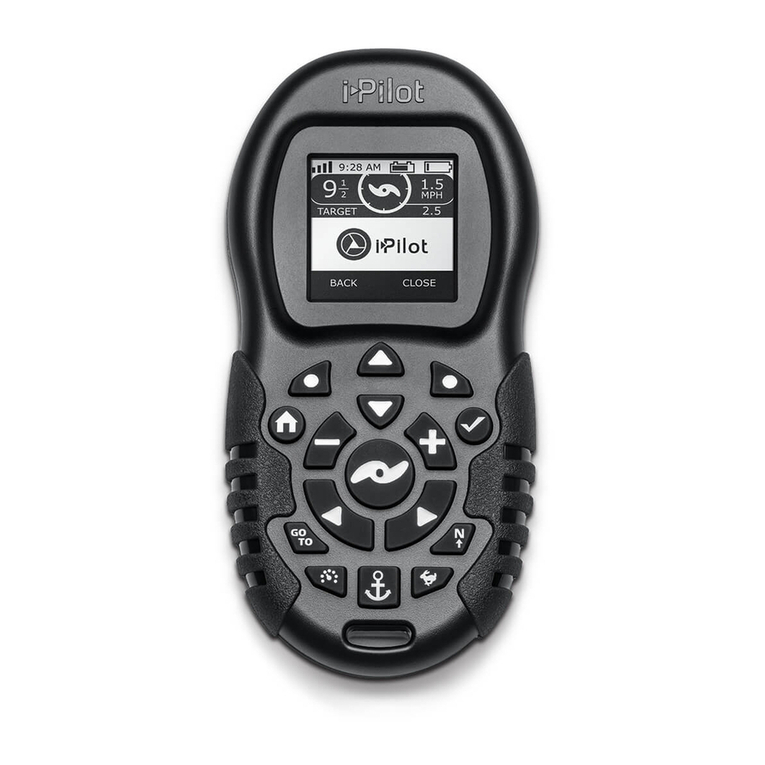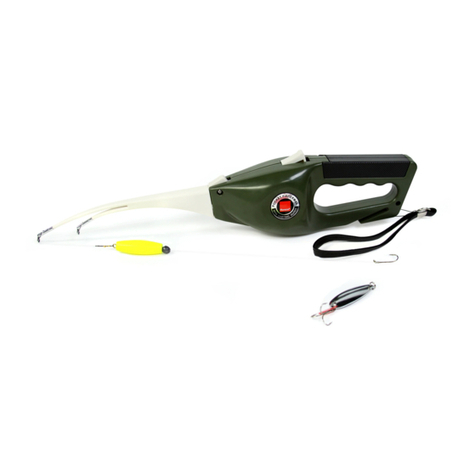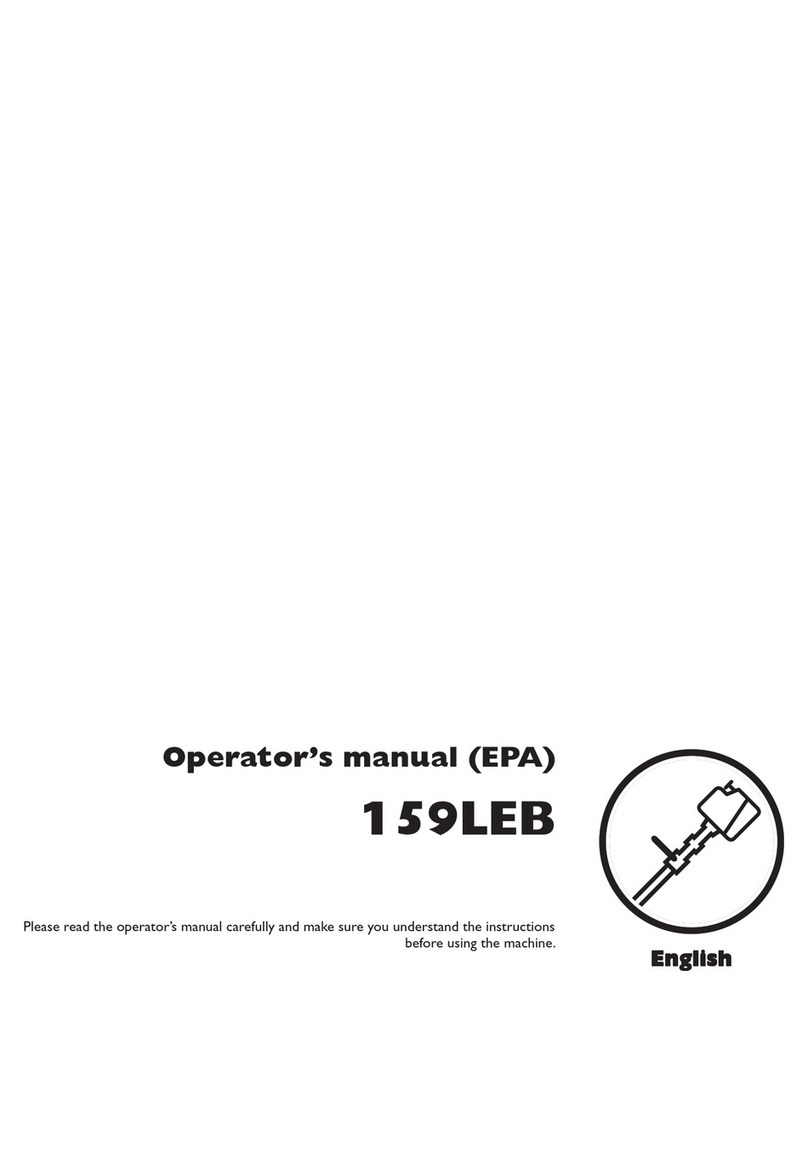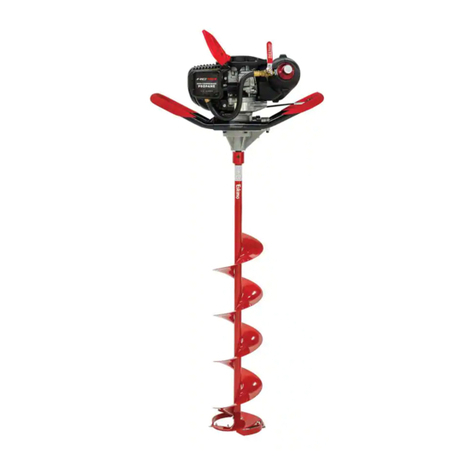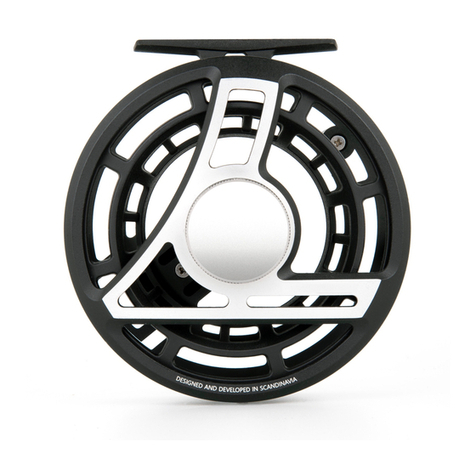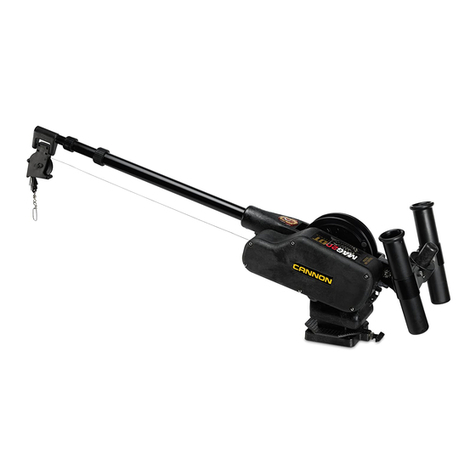
Battery Information
Battery Warnings
WARNING
The Garmin® device uses a user-replaceable, sealed, lead-acid battery. If these guidelines are not followed, the
battery may experience a shortened life span or may present a risk of damage to the device, fire, chemical burn,
electrolyte leak, and/or bodily injury.
• Do not place the battery near objects that may cause sparks, flames, or heat.
• Do not incinerate the battery.
• Do not use a sharp object to remove the battery.
• Do not disassemble, puncture, or damage the battery.
• Do not swallow, touch, or inhale the contents of an open battery. Avoid contact with internal acid. Contact
with internal acid may cause irritation or severe burns. Irritation may occur to the eyes, respiratory system,
and skin. Flush with water at once if contact is made with acid.
• Do not submerge the battery and avoid contact with water.
• Do not short the battery terminals.
• Do not drop or throw the battery.
• Keep the battery away from children.
• Only replace the battery with the correct replacement battery. Using another battery presents a risk of fire or
explosion of the device or charger.
• Only charge the battery with the included charger.
• Do not charge the battery in an unventilated area.
• Store in a cool, dry, and well-ventilated area.
• Do not charge the battery in a gas-tight container.
• Do not leave the device exposed to a heat source or in a high-temperature location, such as in the sun in an
unattended vehicle. To prevent damage, remove the device from the vehicle or store it out of direct sunlight.
• Do not use organic solvents or other cleaners other than recommended chemical cleaners on the battery.
• Contact your local waste disposal department to dispose of the battery in accordance with applicable local
laws and regulations.
• When storing the battery for an extended time, store within the following temperature range: from 5° F to
104°F (from -15° C to 40° C).
• Do not operate the battery outside of the following temperature range: from 5° F to 122° F (from -15° C to 50°
C).
Charging the Battery
CAUTION
Ensure that you connect the correct spade connector to the correct battery terminal. Damage to the battery or
device, or bodily harm may occur if the device is improperly connected to the battery.
You should always use the all-in-one cable to charge the battery.
NOTE: The gray + and - connectors on the power cable are for connecting to a PS22 transducer.
1Remove the battery terminal covers.
2Connect the red and black spade connectors from the all-in-one cable onto the corresponding battery
terminals.
3Connect the all-in-one cable to the wall charger.
4Connect the wall charger to the wall outlet.
The light on the wall charger is solid orange when the battery is charging. It takes about 10 to 12 hours in
a room-temperature environment to fully charge a fully discharged battery. When the light is solid green, the
battery is fully charged.
2
